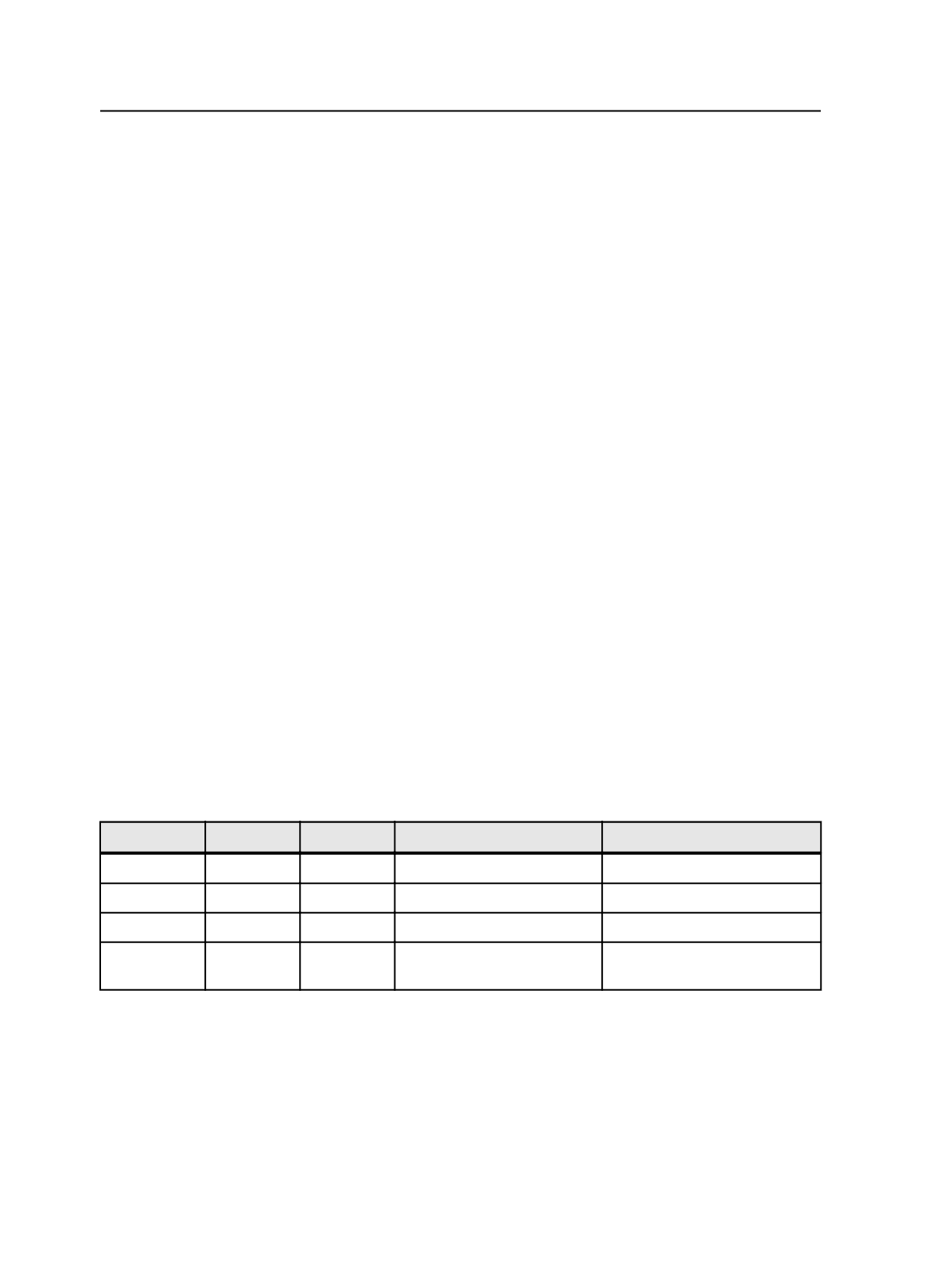
You can, however, use APA to set geometry on the pages after they have been
split.
About step limit
You can set a relative step limit to affect whether a trap will be
generated between adjacent colors (objects) depending on the relative
difference in their amounts of colorants (inks). If the relative difference
in amounts of colorants between two objects is less than the step limit,
then no traps are generated. The step limit is controlled from the
Trap
section of refine process templates.
For each ink, the relative ink dot percentage between two adjacent
colors is calculated as the difference between the two, divided by the
lower one. In the first example in the table below, Color1 at 60 percent
and Color2 at 40 percent lead to a relative ink dot percentage of (60 -
40)/40 = 0.5 or 50 percent.
A high value indicates a significant change between the two colors and
thus a possible need for a trap. The trapper compares the relative ink
dot percentage of the inks to the
Step Limit (%)
value, and considers
creating a trap if the value for at least two separations is larger than the
Step Limit (%)
value and the step is in the opposite direction (that is,
from Color1 to Color2, the dot percentage increases for one ink and
decreases for another). Using the relative value here allows a higher
sensitivity for traps between light colors and a lower sensitivity for
traps between dark colors.
For the example in the table below, the trapper creates a trap because
two separations increase in opposite directions equal to or greater than
the
Step Limit
value of 25 percent.
Separation Color1
Color2
Relative Ink Dot Percentage Step Limit (25%) Satisfied?
Cyan
60% 40% (60-40)/40 = 0.5 or 50% Yes, 50% >25%
Magenta
25% 31%
(31-25)/25=0.24 or 24% No, 24% < 25%
Yellow
30% 40% (40-30)/30 = 0.33 or 33% Yes, 33% > 25%
Key
10% 14%
Ignored, doesn't meet 5%
minimum difference
About thumbnails
When working with pages it is helpful to use thumbnails to see the
page content.
262
Chapter 10—Refining


